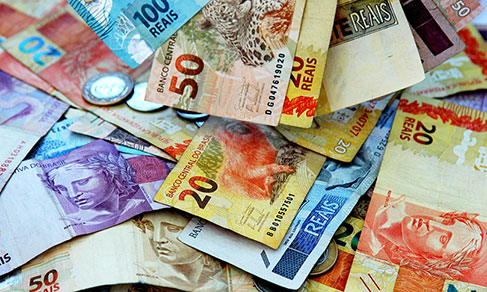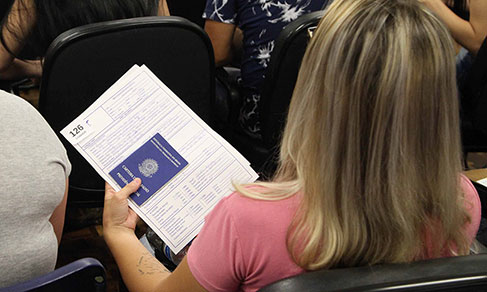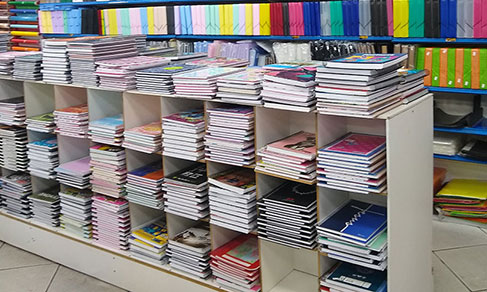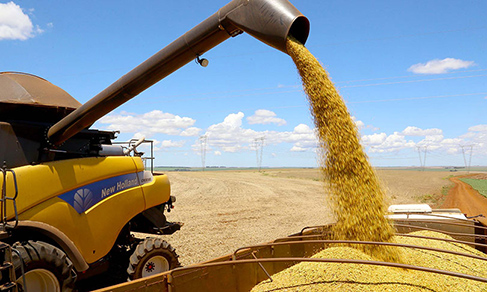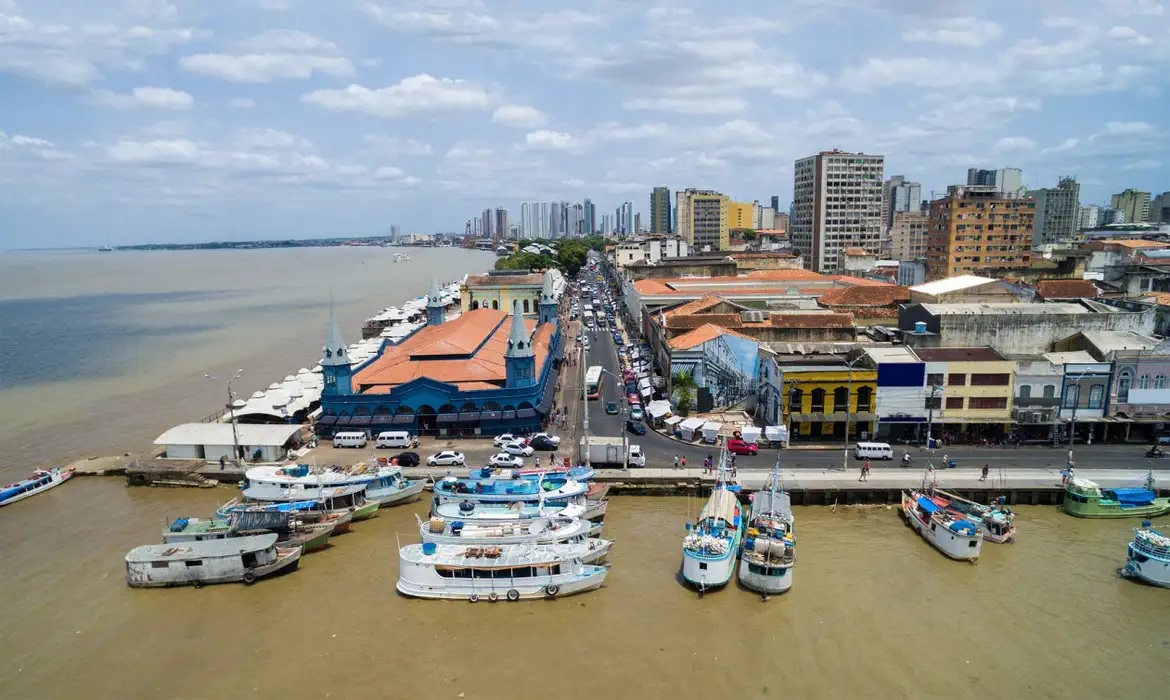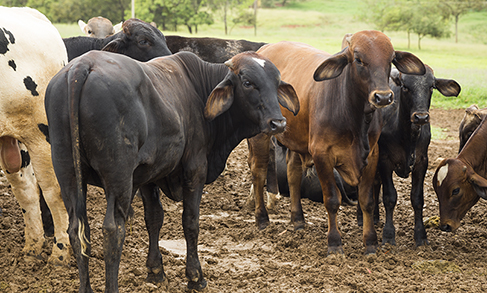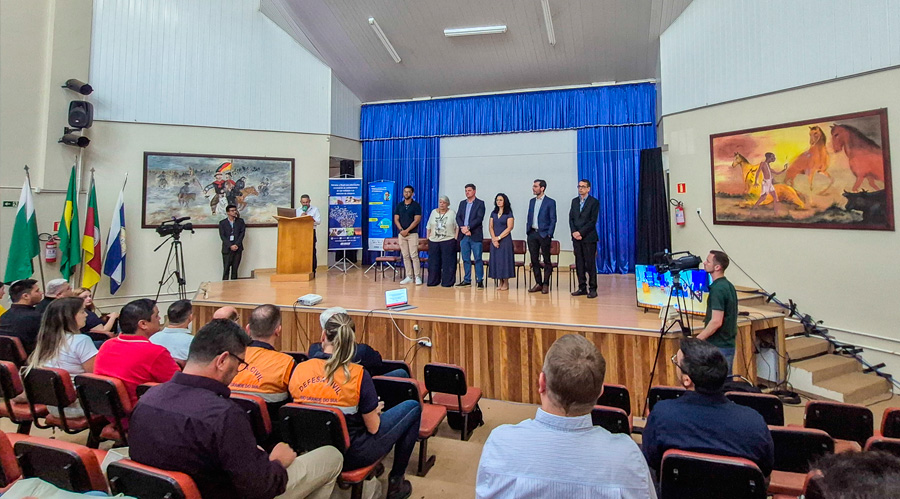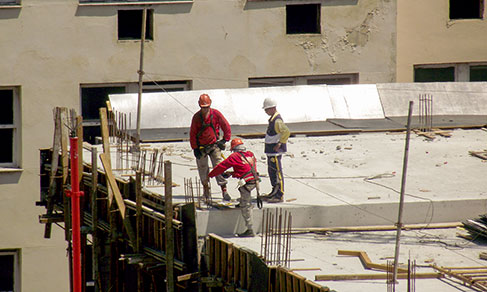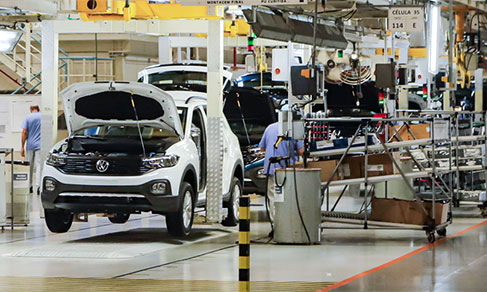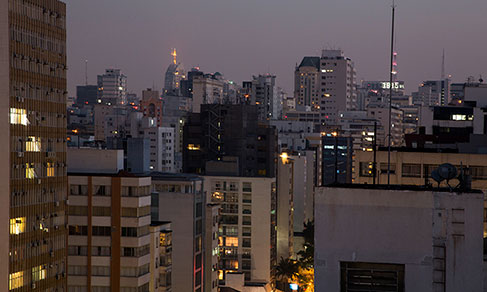National Accounts
GDP advances 1.2% in Q2, fourth positive result in a row
September 01, 2022 09h00 AM | Last Updated: September 06, 2022 03h03 PM

The Gross Domestic Product (GDP) grew 1.2% in the second quarter of this year compared to the previous quarter. It is the fourth consecutive positive result of the indicator after the 0.3% decrease in the second quarter of last year. The GDP, which is the sum of final goods and services produced in Brazil, reached R$ 2.404 trillion in current values.
This result made GDP advance by 2.5% in the first half of the year. As a result, the country's economic activity is 3.0% above the pre-pandemic level, recorded in the fourth quarter of 2019, and reaches the second highest level in the series, only behind that achieved in the first quarter of 2014. The data are from the System of Quarterly National Accounts, released today (Sept 1st) by the IBGE.
Growth in the second quarter was affected by the 1.3% high in services. “Services represent a weight of 70% in the economy, so they have a greater impact on the result. Among services, other services activities (3.3%), transportation (3.0%) and information and communication (2.9%) advances and drove this high. In other services activities are in-person services, which had been withheld during the pandemic, as restaurants and hotels, for instance”, explains the National Accounts Coordinator, Ms. Rebeca Palis. With this result, the subsector od other services activities is 4.4% above the pre-pandemic level.
In industry, the 2.2% high was the second positive consecutive result of the sector, after the 0.9% decrease in the fourth quarter last year. It was the highest rate for the industry since the third quarter of 2020 (14.7%), when the sector was starting to recover from the pandemic effects and had a low base of comparison. This growth was due to the positive performances of 3.1% in the activity of electricity and gas, water, sewerage and waste management, of 2.7% in construction, of 2.2% in mining and quarrying activities and of 1.7% in manufacturing industries.
“There was increase in all subsectors of industry. One of them is civil construction, which has been facing problems for years and was quite affected in the pandemic, but is has been recovering since some quarters ago”, says the researcher.
She adds that the advance in the activity of electricity and gas, water, sewerage and waste management is due to the shutting down of some thermal plants, which resulted in the end of the water scarcity tariff flag. “In the beginning of the year, the shutting down occurred and the use of renewable energy increased, making it cheaper”, she observes.
Agriculture, which had dropped 0.9% in the last quarter, changed 0.5% in the second quarter this year. This sector is very seasonal. In the semester, agriculture has been falling, driven by the retraction of soybeans, which is our greatest crop. According to the Systematic Survey of Agricultural Production (LSPA), a drop of 12% is to be expected. This had quite an effect in the annual Agricultural result”, says Ms. Palis. She adds that the result of the quarter is related to the lesser weight of the soybean crop in the period compared to the previous quarter and to he weight gain of the coffee crop, whose production should increase 8.6% in comparison to the amount harvested last year.
Household consumption increases 2.6%
Household consumption grew 2.6% in the second quarter, the highest increase since the fourth quarter of 2020 (3.1%). Conversely, government consumption retracted 0.9% in the second quarter after recording stability in the previous quarter (-0.1%) “The increase in the household consumption is related to the return of services rendered to families, as in-persons services had a repressed demand during the pandemic. A consequence of that is the rise of airfare prices, a result of the increased demand”, analyses Ms. Palis.
“Trade grew as well, both wholesale and retail, the latter related to household consumption. Other aspects are the improvement of the labor market, with the growth in the wage bill in the annual comparison, the possibility of emergency withdrawal of the FGTS and Christmas bonus advance for INSS retired workers and pensioners. All those aspects had an impact on consumption, despite inflation and interest increase,” she says.
As for the investments (Gross Fixed Capital Formation), there was a 4.8% increase. “This growth is linked to the construction and information and communication activities. The latter had a positive performance especially associated to software development. This is one of the activities that were least affected by the pandemic effects, as well as the financial sector, agriculture and mining and quarrying industries.” Investment rate was 18.7% of the GDP in the second quarter.
GDP grows 2.5% in the first semester
In the first semester of the year, the GDP grew 2.5% over the same period a year ago. Both Industry (0.2%) and Services (4.1%) had positive results. But there was decline of 5.4% in Agriculture.
“Services had the greater impact on this result of 2.5% in the semester. This comparison also shows that the activities that had the greater influence on the growth were other services activities and transportation and information and communication. The latter had been already growing before the pandemic”, says Ms. Palis.
The GDP rose 3.2% compared with the second quarter last year. The high was influenced by the 4.5% growth to services, with a highlight to other services activities (13.6%) and transportation, storage and mailing (11.7%).
In industry, there was 1.9% growth over the same period of 2021. This result was influenced by the rise of 10.8% in the activity of electricity and gas, water, sewerage and waste management, under the impact of the shutting down of thermal plants.
On the other hand, the retreat of 2.5% in Agriculture, in that same comparison, is relate to the low performance of the products whose crops are important for the period, as soybeans (-12.0%) and rice (-8.5%). Conversely, there was a positive contribution of livestock to the sector, with a highlight to cattle raising.
About the System of National Accounts
The System of National Accounts shows the current values and the volume indexes, on a quarterly basis, for the Gross Domestic Product (GDP) at market prices, net taxes on products, value added at basic prices, personal consumption, government consumption, gross fixed capital formation, stock change, exports and imports of goods and services. The survey began in 1988 at the IBGE and it was restructured in 1998, when their results were integrated to the System of National Accounts, of annual periodicity.




